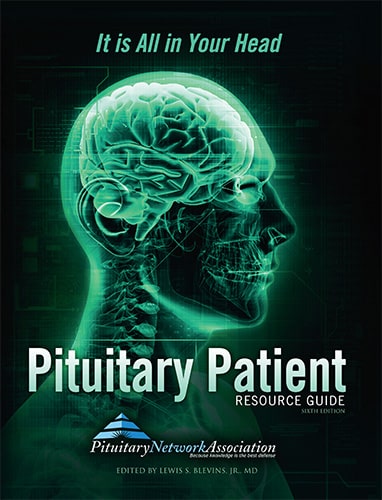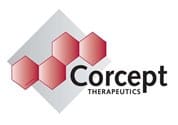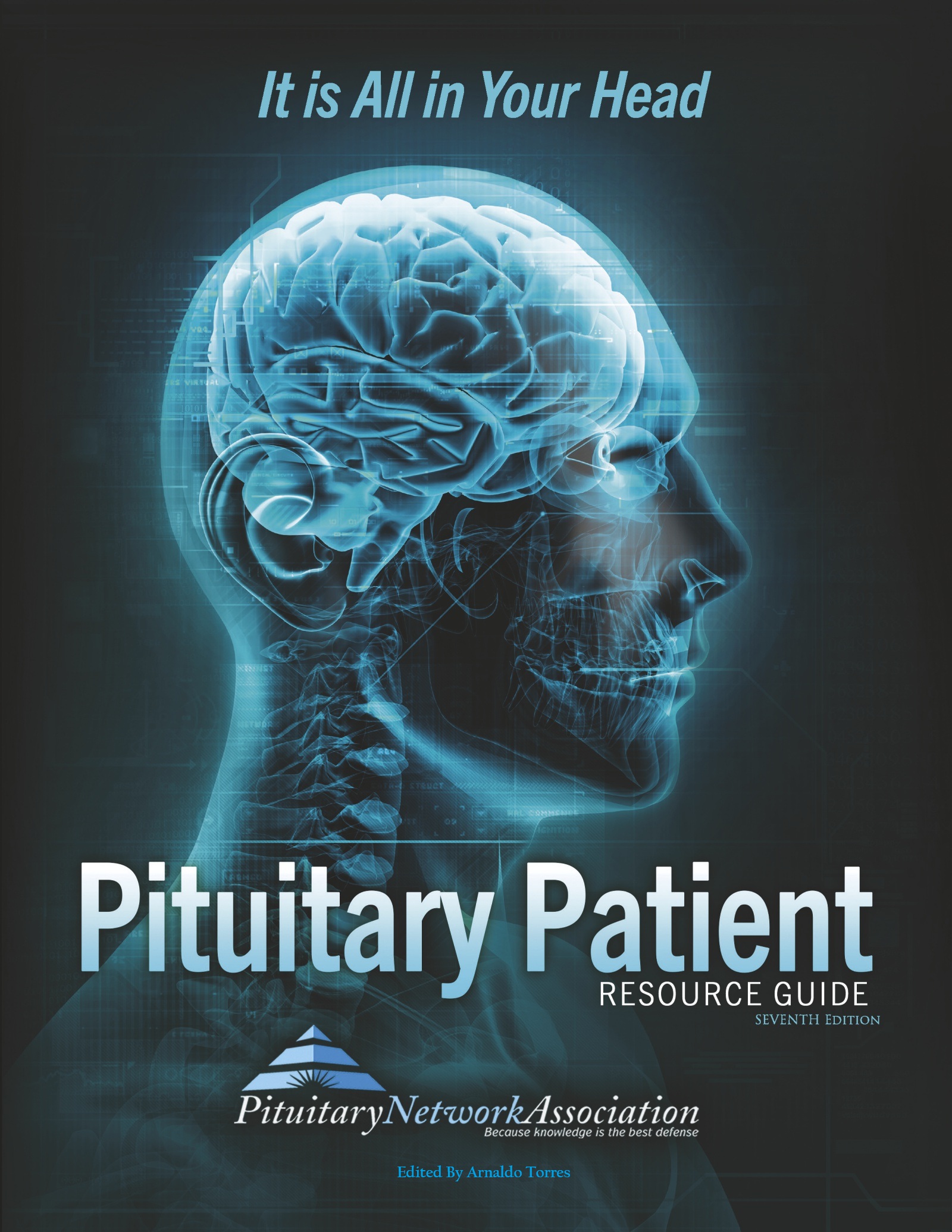News Articles February 2022
Written on 04 February 2022.
CT or CAT Scan (Computerized Axial Tomography)
An x-ray device linked to a computer that produces an image of a predetermined cross-section of the brain. A special dye material may be injected into the patient’s vein prior to the scan to help make any abnormal tissue more evident.
Computed tomography, also known as a CT scan, is a noninvasive, painless process used to produce rapid, clear two-dimensional images of organs, bones, and tissues. Neurological CT scans are used to view the brain and spine. They can detect bone and vascular irregularities, certain brain tumors and cysts, herniated discs, epilepsy, encephalitis, spinal stenosis (narrowing of the spinal canal), a blood clot or intracranial bleeding in patients with stroke, brain damage from head injury, and other disorders. Many neurological disorders share certain characteristics and a CT scan can aid in proper diagnosis by differentiating the area of the brain affected by the disorder.
Cysts
Abnormal sacs containing gas, fluid, or a semisolid material, with a membranous lining.
A closed sac having a distinct membrane and developing abnormally in a body cavity or structure. Arachnoid cysts are cerebrospinal fluid-filled sacs that are located between the brain or spinal cord and the arachnoid membrane, one of the three membranes that cover the brain and spinal cord. Primary arachnoid cysts are present at birth and are the result of developmental abnormalities in the brain and spinal cord that arise during the early weeks of gestation. Secondary arachnoid cysts are not as common as primary cysts and develop as a result of head injury, meningitis, or tumors, or as a complication of brain surgery.
Cytotoxic
Relating to or producing a toxic effect on cells. Capable of killing cells.
Cytotoxic chemotherapy is the anticancer drugs that kill cells, especially cancer cells. Cytotoxic T cell is a type of white blood cell that can directly destroy specific cells. T cells can be separated from other blood cells, grown in the laboratory, and then given to a patient to destroy tumor cells. Certain cytokines can also be given to a patient to help form cytotoxic T cells in the patient’s body.
Debulk
A surgical procedure to decrease mass effect by removing a portion of a tumor or dead tissue. See mass effect.
Surgical removal of as much of a tumor as possible. Debulking may increase the chance that chemotherapy or radiation therapy will kill all the tumor cells. It may also be done to relieve symptoms or help the patient live longer. Also called tumor debulking.
Decadron
Dexamethasone. A glucocorticosteroid medication used to reduce brain tissue swelling.
Also used, in low doses, to treat adrenal insufficiency.
Decompressive
Refers to a surgical procedure during which bone, tissue, or tumor is removed to lessen intracranial pressure.
Decompressive craniectomy is an advanced treatment option for intracranial pressure (ICP) control in patients with traumatic brain injury.
Dedifferentiate
A mature cell returning to a less mature state. See differentiate, undifferentiated.
In cancer, refers to how mature (developed) the cancer cells are in a tumor. Differentiated tumor cells resemble normal cells and tend to grow and spread at a slower rate than undifferentiated or poorly differentiated tumor cells, which lack the structure and function of normal cells and grow uncontrollably.
Delivery
See drug delivery.
Density
The amount of darkness or light in an area of a scan reflects the compactness and density of tissue.
The amount of darkness or light in an area of a scan reflects the compactness and density of tissue. Differences in tissue density are the basis for CT and MR scans.
DEXA, DXA
Dual-energy X-ray absorptiometry. A technique used to measure bone mineral density, but which can also be used to measure body composition.
Dual Energy X-Ray Absorptiometry (DEXA) is a test that uses x-rays to measure the thickness of the bones in the hip, spine, wrist, heel, finger, and whole body. A DEXA scan is a screening test for osteoporosis. The scan of the whole body, spine, and hip takes about 30 minutes. The DEXA takes images while you lay comfortably on the scanner bed. DEXA scanning is not done if you weigh more than 297 lbs, the weight limit for the scanner bed. A DEXA scan of the spine or hip is not done if you have had reconstructive or replacement surgery.
Available Now!

The Pituitary Patient Resource Guide Sixth Edition is now available! Be one of the first to have the most up-to-date information. The Pituitary Patient Resource Guide a one of a kind publication intended as an invaluable source of information not only for patients but also their families, physicians, and all health care providers. It contains information on symptoms, proper testing, how to get a diagnosis, and the treatment options that are available. It also includes Pituitary Network Association's patient resource listings for expert medical care.

Xeris Pharmaceuticals is valued member of the PNA










